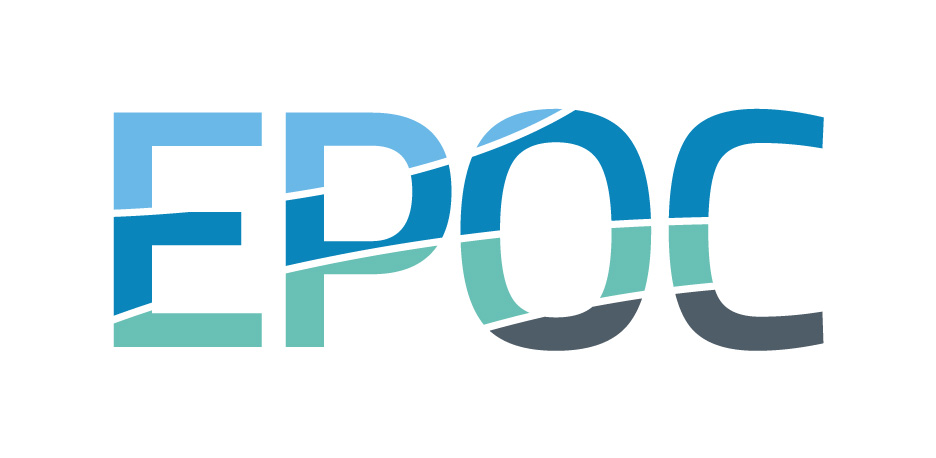|
|
Laura PAYTON | Nom : | Payton |  | | Prénom : | Laura | | Statut : | Chercheur CNRS (Chargé de Recherche classe normale) | | Equipe : | Ecotoxicologie Aquatique
| | Adresse : | UMR CNRS 5805 EPOC - OASU
Station Marine d'Arcachon
Université de Bordeaux
Place du Docteur Bertrand Peyneau
33120 ARCACHON CEDEX
FRANCE | | Téléphone(s) : | | | E-mail : | laura.payton@u-bordeaux.fr
|
Expertise / Responsabilité
|
Publications
Tran D., Perrigault M., Ciret P., Payton L. (2020) Bivalve mollusc circadian clock genes can run at tidal frequency, Proceedings of the Royal Society B: Biological Sciences, 287(1918), doi: 10.1098/rspb.2019.2440.
Payton L., Tran D. (2019) Moonlight cycles synchronize oyster behavior, Biology Letters, doi: 10.1098/rsbl.2018.0299.
Castrec J., Soudant P., Payton L., Tran D., Miner P., Lambert C., Le Goic N., Huvet A., Quillien V., Boullot F., Amzil Z., Hegaret H., Fabioux C. (2018) Bioactive extracellular compounds produced by the dinoflagellate Alexandrium minutum are highly detrimental for oysters, Aquatic Toxicology, 199, 188-198, doi: 10.1016/j.aquatox.2018.03.034.
Mat A., Klopp C., Payton L., Jeziorski C., Chalopin M., Amzil Z., Tran D., Wikfors G., Hegaret H., Soudant P., Huvet A., Fabioux C. (2018) Oyster transcriptome response to Alexandrium exposure is related to saxitoxin load and characterized by disrupted digestion, energy balance, and calcium and sodium signaling, Aquatic Toxicology, 199, 127-137, doi: 10.1016/j.aquatox.2018.03.030.
Boullot F., Castrec J., Bidault A., Dantas N., Payton L., Perrigault M., Tran D., Amzil Z., Boudry P., Soudant P., Hegaret H., Fabioux C. (2017) Molecular characterization of voltage-gated sodium channels and their relations with paralytic shellfish toxin bioaccumulation in the pacific oyster Crassostrea gigas, Marine Drugs, 15, 21, doi: 10.3390/md15010021.
Payton L., Perrigault M., Hoede C., Massabuau J.C., Sow M., Huvet A., Boullot F., Fabioux C., Hegaret H., Tran D. (2017) Remodeling of the cycling transcriptome of the oyster Crassostrea gigas by the harmful algae Alexandrium minutum, Scientific Reports, 7, 3480, doi: 10.1038/s41598-017-03797-4..
Payton L., Perrigault M., Marcel A., Bourdineaud J.P., Massabuau J.C., Tran D. (2017) Trojan horse strategy for non-invasive interference of clock gene in the oyster Crassostrea gigas, Marine Biotechnology, 19, 361-371, doi: 10.1007/s10126-017-9761-9.
Payton L., Sow M., Massabuau J.C., Ciret P., Tran D. (2017) How annual course of photoperiod shapes seasonal behavior of diploid and triploid oysters, Crassostrea gigas, PLoS ONE, 12, doi: 10.1371/journal.pone.0185918.
Ahmed H., Ushirobira R., Efimov D., Tran D., Sow M., Payton L., Massabuau J.C. (2016) A fault detection method for automatic detection of spawning in oysters, IEEE Transactions on Control Systems Technology, 24, 1140-1147, doi: 10.1109/TCST.2015.2472999.
|

